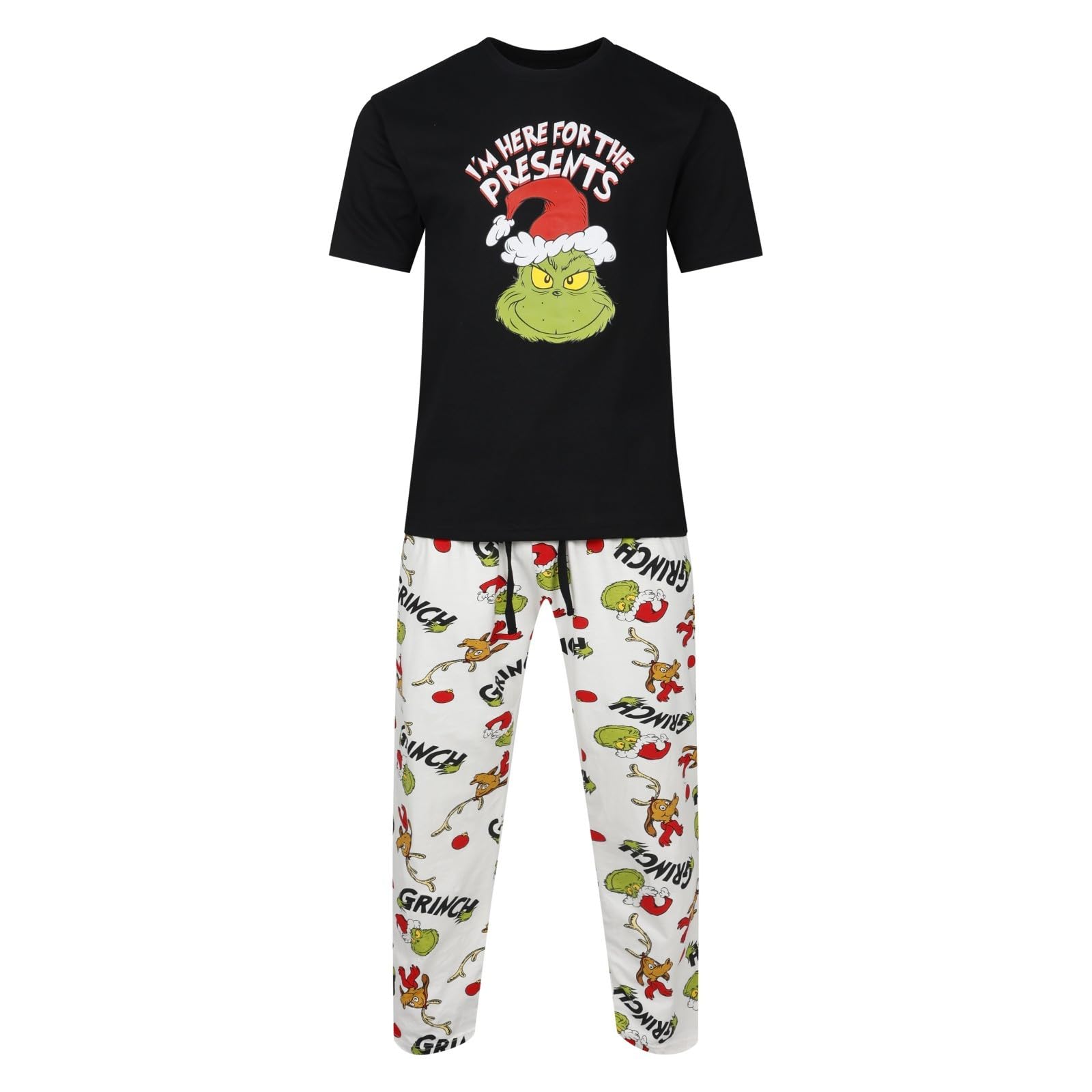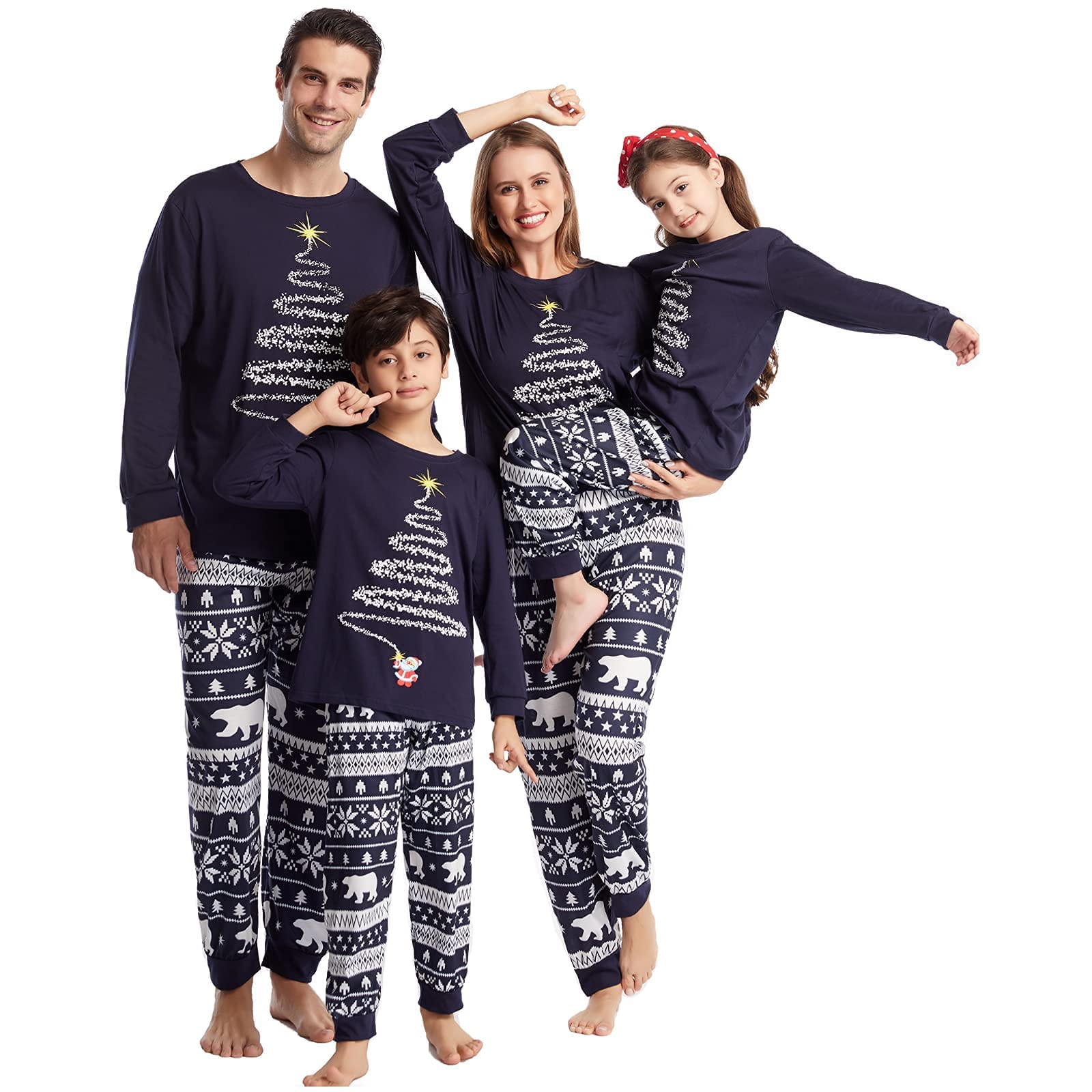UK weather shifts often. One week is muggy, the next feels brisk. Layering your sleepwear lets you adapt quickly so you stay comfortable without overhauling your wardrobe every season. This guide offers simple templates for spring, summer, autumn, and winter, plus fabric and bedding tips that keep your body at an even temperature all night.
Temperature swings feel easier in sleepwear for UK seasons.
Layering principles for better sleep
Build around a breathable base. Add or remove light layers to fine tune warmth. Choose fabrics that move moisture and do not cling. Keep layers simple so you can adjust half asleep. A base top, a wrap or cardigan, and bottoms that suit the season give you flexibility without fuss.
Summer: light and breathable
Choose a short sleeve or sleeveless top in bamboo viscose, Tencel lyocell, or a light cotton percale. Pair with shorts or loose trousers in the same fabrics. Use crisp percale sheets and a low tog duvet or a sheet only on hot nights. Keep a glass of water nearby and air the room before bed. If you use a weighted blanket for calm, pick a lighter cover and keep the weight at the lower end of your comfort range.
Spring and early autumn: easy add ons
Keep the breathable base and add a light knit wrap or a jersey cardigan for reading. Remove it before sleep if you warm up. Swap shorts for loose trousers as nights cool. A mid weight duvet or an all season duvet with one layer attached covers most weeks. Adjust the room by closing windows earlier in the evening to keep out damp air.
Winter: warm top layer, cool base
Start with the same breathable base so you do not trap moisture next to skin. Add a soft, warm top layer you can remove easily, such as a fleece or a heated throw for a short pre bed warm up. Keep the duvet weight suitable for the room and use cotton sheets that do not cling. Many people sleep better when the base stays breathable and the extra warmth sits above, where it is easy to adjust without changing your whole set.
Fabric choices that make layering work
Breathable bases: bamboo viscose, Tencel lyocell, linen, and light cotton. Warm layers: soft knits, light fleece, or a heated throw for short sessions. Avoid heavy brushed fabrics against the skin in summer, and save thick flannel for the coldest weeks. The mix changes, but the idea is the same. Start cool next to skin and add warmth outside.
Integrate bedding with your layers
Sheets and duvets matter as much as pyjamas. Percale sheets feel cool. Sateen feels smoother but can run warmer. Keep duvet togs seasonal, and resist the temptation to keep a high tog on the bed all year. If you sleep with a partner who runs warmer, use separate blankets or duvets so each person can layer differently without compromise.
Find breathable bases in our guide to sleepwear for UK seasons. Complete the setup with cool sheets, duvets by season, and a heated throw for short, efficient warm ups.
FAQs
Should I wear long sleeves in winter?
Try a breathable short sleeve base and add a warm layer on top for reading. Remove the top layer for sleep if you warm up. This keeps moisture moving and reduces night sweats.
What sheets work best across seasons?
Percale cotton is versatile and cool. In winter, keep percale and adjust duvet weight. Save sateen for people who prefer a smoother, slightly warmer feel.
How do couples manage different temperatures?
Use separate duvets or blankets and layer independently. A breathable base for both, with personalised top layers, reduces arguments and improves sleep for each person.





